I've got a type library in a 32-bit Excel add-in app.
I need to translate the whole app to 64-bit.

I can't just copy paste the typelib, because the GUID's will clash with the already installed 32-bit app, ditto for the naming.
What's the best way to translate the application to 64 bit in a way that avoids name-clashes?
Or is there some mechanism that solves the name- and GUID-clashes automatically that I don't know about?